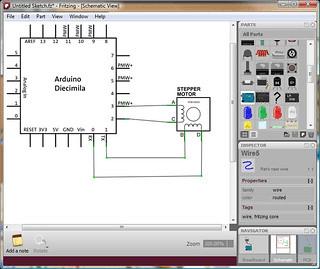And not to forget the famous Raspberry Pi SBC too. In this example a 24 Volt power supply is used, but is also possible using 220 Volt AC, with the only limits of the relays. The last power supply is for the load (the motor). Therefore, a secondary power supply (12 Volt) is needed. Nonetheless, it is compatible with Arduino or any microcontroller that can output logic signal at 3.3V or 5.0V, and that includes Arduino Zero and Arduino Micro. The transistors are needed because Arduino cannot deliver the relay required power. With the presoldered terminals, and on-board manual/test buttons, you can get started even without any microcontroller. Learn: How to control temperature using Arduino Uno, fan and DHT11 or DHT22 sensor. You should join EnA/EnB pins with 5V pin using jumper. You should use common ground for motor driver and arduino.
It uses full solid-state components that offers faster response time and eliminates the wear and tear of the mechanical relay. If you have stepper motor and L298N motor driver you can control stepper motor with Arduino. Like MD10C, MDD10A also supports locked-antiphase and sign-magnitude PWM signal. MDD10A is the dual-channel version of MD10C which is designed to drive 2 brushed DC motors with a high current of up to 10A continuously.


